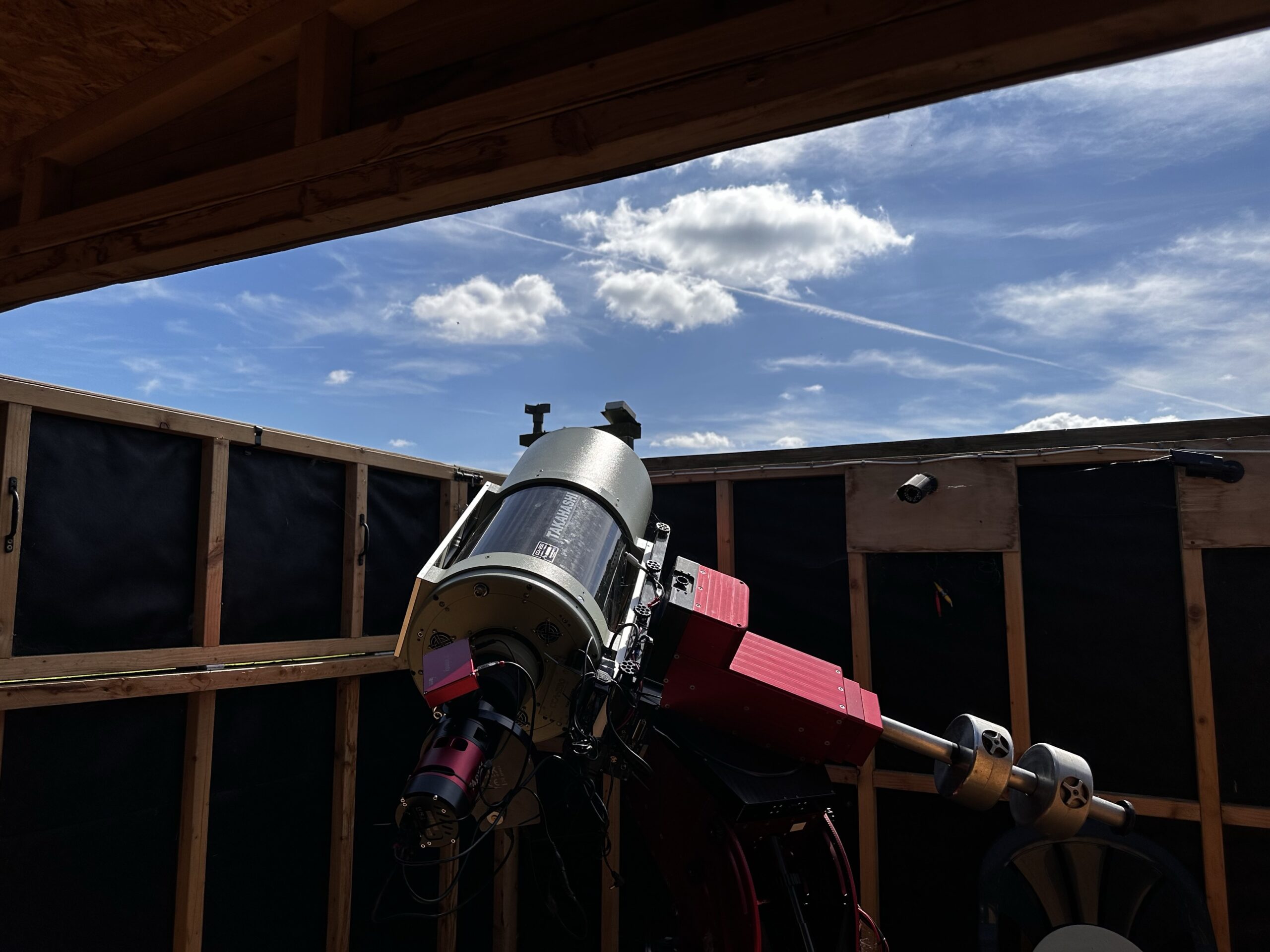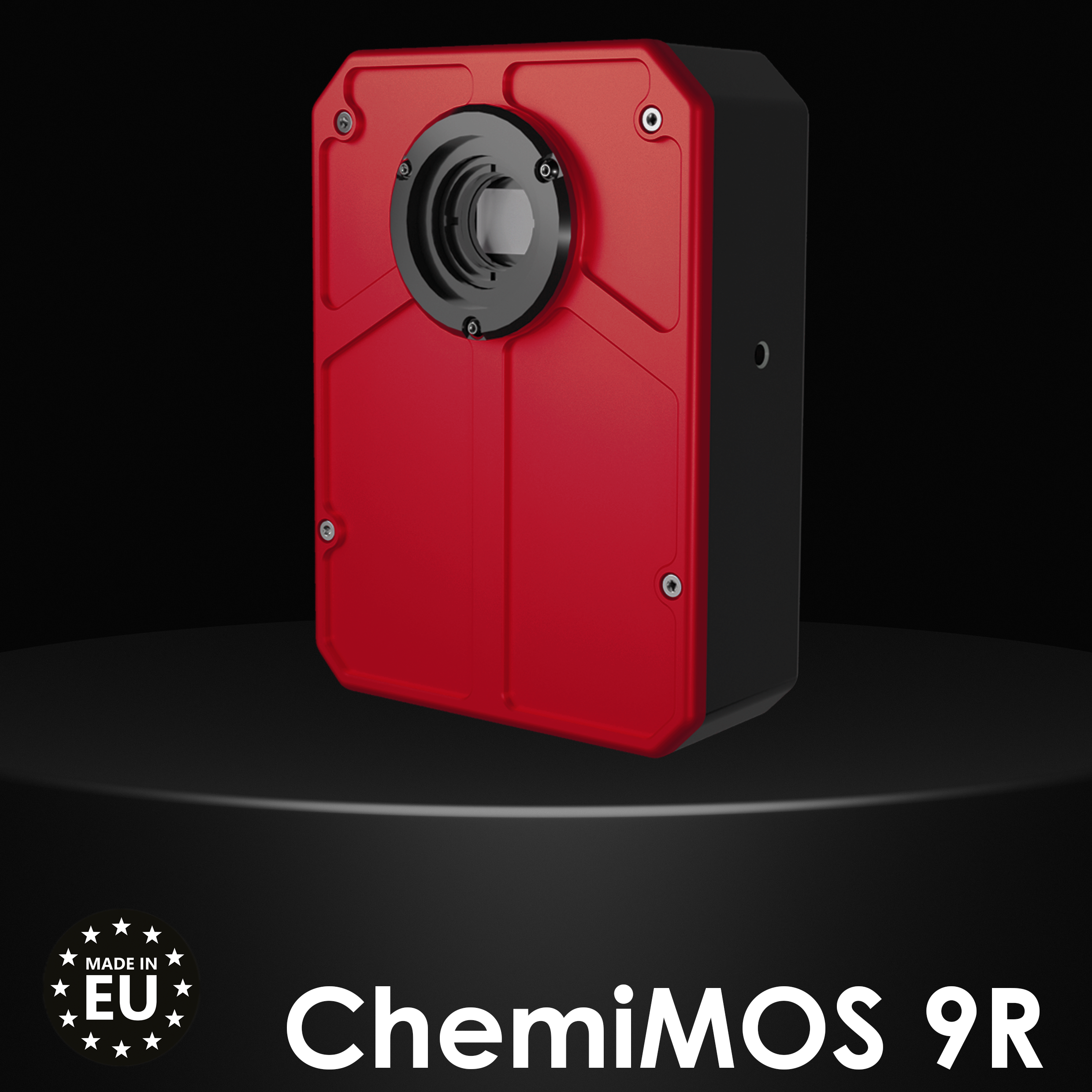Atik Cameras Newsletter 15 PDF
Welcome to the last Atik newsletter of 2011. It’s a whirlwind end to the year with the launch of the new Atik 428EX following hot on the heels of the 420 and 450. Read why we are so excited about this camera later in this edition. We have an update on the 2012 imaging competition and welcome a new member to the Atik team. Also Rui continues rattling his brain to come up with a cohesive story behind Atik and we have some news on a series of image processing tutorials.
But most importantly, this is the chance to wish you all a very merry Christmas and a happy New Year. So from all of us at Atik.

Atik welcomes a new team member
Julie Payne joined us last month to help with invoicing and shipping. It’s quite a change from her previous employment in government offices over the last 20 years and she has already caught the astronomy bug. Julie has been seen at Norwich Astronomical Society events and is fast learning her way round the sky. She is also organising much of the competition this year so send in an image and help her learn the deep sky objects.
The 2012 Imaging Competition
The competition is coming to the end of its first stage. We have had over 100 very high quality entries and our thanks go to everyone who has sent in a picture. We will close the competition to new entries on January 12th to give us time to print the pictures ready for the Astrofest exhibition first week in February. This will be an opportunity to show general astronomers the quality of images being produced by the Atik community as well as starting the voting off. Astrofest in London is a great event for us and the images are the main attraction on our stand. So as there are still a few days to go please send in your images. We have a bit of a back log getting all the images on the website so bear with us but below are the thumb nails of the images uploaded to date. You can see them all at our competition page.
The New Atik Forum

I have to be careful not to overuse the word ‘new’ in this edition! After using Yahoo Groups to provide a Forum for Atik enthusiasts to swap information and show images for 7 years we have decided to move to a dedicated forum hosted on our website server. This should allow images to be more easily shared and provide some categorisation of discussion topics. The underlying engine is the popular simple machines software so most regular internet users should feel right at home. The forum can be found here.
Atik origins (Part 2)
Rui Tripa
In late 2003, Atik Instruments was born. It was the culmination of a lot of work around commercialising initial webcam modifications developed by the QCUIAG group, with the aim of providing a better product for the still infant market of astrophotography.
Initially, the idea was to improve the thermal noise due to the heat generated by the electronics while confined in the old Toucam head. This severely limited the exposure length up to a few tens of seconds, but we wanted more. The idea of having a redesigned case for the Toucam board, with a small fan forcing colder air into the electronics was exciting, and so were the results! Exposures of 2-3 minutes could easily be done without too much noise, something unthinkable for a webcam. We also took the opportunity to have a friendlier (and longer) cable system, and there it was! The Atik 1C.
But we couldn’t stop there. Following in the footsteps of the French amateur Etienne Bonduelle, we started offering a model with the monochrome version of the ICX098, the Atik 1HS. It was the first monochrome CCD camera for less than 380 Euros! And while we were at it, the Atik 2C and 2HS were based on further developments in the QCUIAG webcam scene. Actually, and for those who remember these times, and may be wondering, yes, there was a large chip ICX414 prototype based on Greg Beek’s implementation.
All was well and happy at this point. But… something else was going on.

Just one year after starting their work with webcams Jon Grove and Steve Chambers were tinkering with the idea of making a ground up astro camera inspired by the earlier cookbook CCD camera project. It was a love of astronomy that brought the group together but their expertise outside that made the project possible. Machinist, Arthur Edwards provided the physical design and Electronics Engineer, John Moore, provided the tuition to move from home etched PCBs to proper manufacturing. Jon Grove provided the software (Capture) using his experience in computer game software and writing for mobile phones. Steve used his technique of hanging around clever people that he had developed as an immunologist. As the project reached its conclusion in 2003 and adopted the name Artemis the number of people involved snowballed. The possible shapes went out to an internet vote and they recruited a group of early adopters/beta testers to make their own cameras out of kits sold by Arthurs company Ambermile.
Soon, all loyal Atik users wanted more than what the webcams could offer, and requested an Atik version. And why not?
After some tweaks in the design, the Atik 16 (ICX429) and 16HR (ICX285) were both released in the summer of 2005. Featuring a nice red anodized case these were immediately a hit! People were excited with the incredible value they were getting, with an ICX285 based camera for less than 1800 Euros. As of today, there are still people sending us great pictures taken with these cameras.
However, even if the new cameras were a hit, and again all was well, something wasn’t right. People with the webcam based Atik cameras wanted to upgrade to the incredible narrowband nirvana the Atik 16/16HR users were getting, but there was a catch… too expensive. Even if the entry level Atik 16 was less than 900 Euros, which by itself was fantastic, a lot of people couldn’t really afford it. So… Atik to the rescue
We started thinking about a low cost version of the Atik 16 in early 2006. Its codename was “miniart”, since it was based on the original Artemis, and we had a very ambitious target, pricewise. The new, more conventional shape helped a lot, and on October 2006, the Atik 16IC astonished the competition: The first, CCD based, Peltier cooled 16 bit camera, costing less than 500 Euros! Narrowband imaging was now totally available to the beginner astrophotographer. Exposures only limited by the imagination, Emission nebulas, galaxies, all could now be captured in full glory, even by people with fewer resources. The Atik 16IC was a milestone that helped Atik in gaining some international media exposure, grabbing the 1st place in some magazine reviews.
Many people still have their 16IC’s and use them, even if they moved to one of the newer brothers. It’s a terrific guide camera as well! (The original 16IC prototype, still un-anodized, can be seen sometimes guiding my portable setup, somewhere in Portugal).
2007 was an important year for Atik, but another story for another time! 😉
Atik Teams up with AP4IP
Atik is proud to announce a collaboration with AP4IP image processing video tutorials. Warren Keller, the AP4IP author, has written an Atik specific introduction to his videos and provided a series of the videos free of charge to Atik Customers. These come on a CD together with the option of paying to unlock further videos. The CDs will be distributed with new cameras, at trade shows, and through our dealers in 2012.
The New Atik 428ex

This is a very exciting camera for us. For years the venerable ICX285 used in the 314L+ has been a bedrock for Astro imagers providing its trademark clean low noise images and great sensitivity especially in the important hydrogen alpha and sulphur wavelength. It’s generated countless magazine published pictures and taken half of the Atik imaging competitions overall winners pictures. The ICX285 was launched around 9 years ago so Sony have had plenty of time to work out how to surpass it. What we now have is the ICX674. It has a number of advances from the ICX285, including more pixels (2.8Million), and from our samples, even lower read noise. It’s been a joy to use over the last few monthsand I am sure it will gain a great reputation alongside its forerunner the ICX285. The following is from the Atik 428EX brochure.
Atik 428EX
Features:
- 2.8 million 4.54μm square pixels for high-resolution imaging
- Low-noise electronics for the best sensitivity
- High Quantum Efficiency
- Regulated cooling to – 30oC max below ambient
- Excellent software support
The Atik 428EX is the first camera available to astronomers that uses Sony’s state of the art ICX674 2.8MP sensor. Featuring the latest generation EXview technology, this camera has an outstanding Quantum Efficiency, very low noise and excellent thermal management. This model is an ideal match to telescopes commonly used by amateurs. It’s excellent sensitivity makes it one of the best cameras for deep-sky astrophotography, surpassing its forerunner,
the acclaimed ICX285.
The Atik-4 Series cameras are a development of the 3-Series cameras, featuring better cooling and narrower body. They benefit from setpoint cooling to make taking matching dark frames a snap, and simple 12V power requirement to facilitate field operation. The impressive sensitivity, great cooling and narrow profile, make the Atik Series 4 outstanding CCD cameras to use on modern telescopes, including Hyperstar/Fastar systems.
And Finally
Please excuse me if the Newsletter has not been to our normal high standards. It’s getting near Christmas and the office is becoming sparsely populated, meaning that it’s fallen to me to collate this edition. Do please send in any comments to Support@Atik-cameras.com . And finally, we end on a picture by Vince of the PacMan nebular.

From Vince – A narrowband version of NGC 281 The Pacman nebula in Cassiopeia. Taken from Norwich UK with a Vixen VC200L with reducer / flattener giving a focal length of 1297mm at f6.48, and an Atik 383 binned 2 x2 to give a resolution of 1.72 arc seconds per pixel. Exposures of 1 hour each Ha, O3 and S2 filters were combined in that order to give this pleasing red version.
Hope you all have a great Christmas
Steve Chambers



